Recommendation points
- What you need to know about the types of bases
- Installation of the power supply network
- Which heat shield to use
- Features of mounting a heating film
- Laying linoleum
- Operating temperature
Is it allowed to use underfloor heating systems if linoleum is chosen as the covering? Today we will give an answer to this question and tell you how to properly install a film underfloor heating under a light covering, to ensure its safety and comfort in use..
What you need to know about the types of bases
Any underfloor heating system is designed to heat the floor covering with the subsequent transfer of heat to a person and surrounding objects by both convection and direct radiation. However, in order to achieve one-way energy transfer, the thermal conductivity on opposite sides of the heating elements must differ significantly..
Film heaters are preferable due to their quick release to the mode; they do not require an accumulating layer as such. However, the heat capacity of the coating must be guaranteed to be higher than that of the sub-floor, otherwise the heat loss will be extremely high. This suggests a heat shield device, however, as many know, a soft and compressible substrate is not placed under the linoleum. An alternative could be EPS or PU foam, but how, in this case, the coating will cope with point loads, for example, from furniture legs?
Regardless of whether the subfloor is constructed with a concrete screed, or a boardwalk serves as the basis, the installation of a heat shield is required without fail. The only exception is insulated screed, for example, made of expanded clay concrete or with the inclusion of an incompressible substrate with high compression resistance and low thermal conductivity. In all other cases, a thermal cut-off is first laid on the subfloor, a heating film is placed on it, and only after that the surface is prepared for laying the topcoat.
Underfloor heating cake for linoleum: 1 – floor base; 2 – heat-reflecting substrate; 3 – heating infrared film; 4 – polyethylene film; 5 – plywood or LSU; 6 – glue for linoleum; 7 – linoleum
Installation of the power supply network
The first step is to install the supply network. Most foil heaters are rated for 220 volts. One of the drawbacks of cheap AC tapes is the annoying hum, which is especially uncomfortable at night. This negative effect is eliminated by including high-current rectifying diodes in the power supply circuit according to the full bridge circuit and a smoothing non-polar capacitor, the capacity of which is determined by the active load current.
It will not work to install one smoothing filter for the entire heating system if it includes several circuits, that is, the current (and therefore the charging time of the capacitor) changes periodically. In this case, for each thermostat, its own mains filter with a rectifier is installed..
All wiring required for connecting heating foils must be bricked into the floor. Here it will be most convenient to think over the layout of the films in advance so that the beginning of the contour is as close as possible to the wall on which the regulator is installed. As you can see in the future, the installation of a film underfloor heating under linoleum requires high-quality localization of power wiring, which is possible only when the cable is wrapped in a metal hose or bricked up.
Which heat shield to use
It is not allowed to use heat-insulating materials containing a conductive layer of aluminum foil for a film underfloor heating. This is not only a requirement for electrical and fire safety: by placing two conductors in parallel, the entire floor is transformed into a huge high-capacity capacitor. Even if the foil layer is grounded, most likely the power consumption for heating will be significantly higher than the passport values..
In addition to common and inexpensive polyethylene foam insulators, there is a wide range of roll-to-roll materials specifically designed for use with infrared films. First of all, these are polypropylene insulators with a metallized lavsan coating. Also popular for this purpose are cork backing and board materials such as polyurethane foam and EPS..
The thickness of the heat shield cannot be less than the thickness of the piercing clamps with which the heating foil is connected to the electrical cable. The maximum thickness of the heat insulator is practically unlimited, but for rational reasons it rarely exceeds 10-15 mm.
Features of mounting a heating film
So, before laying the heating film, the supply and connecting wiring must be laid in the subfloor, plates or sheets of the heat shield must be laid and glued together with adhesive tape. The next step is the installation of the film and its connection.
The heating elements must be laid in such a way that their metallized or carbon inserts do not overlap. Some manufacturers also dictate the minimum distance between them. In any case, there is a corresponding marking on the transparent part of the films.
Infrared underfloor heating connection diagram: 1 – bitumen insulation; 2 – contact clip; 3 – thermostat; 4 – temperature sensor
As a rule, the film is not placed close to the walls and under stationary objects: furniture, household appliances, kitchen sets. After all the heating elements are placed on the floor and taped at the joints, their electrical connection is carried out. On the sides along the entire roll of film there are two main tires connected by jumpers that directly heat. It is important that different poles of the supply voltage are connected to each piece of film from different sides. It should be borne in mind that the conductivity of the buses is limited, that is, some sections of the film will have to be powered by a separate cable laid from the thermostat or junction box.
Upon completion of installation, the heated floor is connected to the network through a differential automatic device or an RCD with a cut-off current of no more than 20 mA. If the thermostat is working properly and all areas are heated, the installation of the heating system can be considered successfully completed. She is again disconnected from the network and covered with plastic wrap on top..
Laying linoleum
To eliminate the likelihood that the linoleum will be pressed through (together with the heater and heat shield), a rigid flooring made of sheet materials is mounted on top of the heating film. There are two options here:
- Plywood with a thickness of 6 mm, the grade of which is approved for indoor use (FBA and FC).
- Glass-magnesium sheets from 4 mm thick.
The advantage of LSU is a slightly higher thermal conductivity and resistance to temperature changes. In general, two-layer decking is required to compensate for joint deflection. If the layers are made with different materials, plywood is placed on top as a harder material with high adhesion. The layers are glued together with a small amount of bustilate glue.
The need for solid sheet flooring is also due to the mandatory requirement of fixing linoleum to the base to prevent it from swelling and warping from changes in humidity and temperature, as well as displacement from mechanical stress, for example, when moving furniture. After installing a solid substrate, linoleum is laid according to the standard technology:
- Base primer with diluted PVA glue.
- Bonding linoleum.
- Heavy roller rolling.
- Trimming adjoins to walls, doors and other coatings.
Operating temperature
The heating temperature of the film is no more than 40? C, which is included in the operating mode of all materials used in the cake of such a warm floor. However, accurate temperature control is still important, primarily to ensure the comfort of residents..
You can often come across the opinion that the film warm floor heats up the objects in the room with high quality, but at the same time heats the air not enough. To exclude such an effect, it is necessary to control the temperature of not only the film itself, but also the room atmosphere. The heating power regulators that maintain the film temperature in the range of 32–34? С with a cut-off when the comfortable air temperature reaches about 21–23? С are recommended in the best way..
In this mode, the operation of the warm floor will be as efficient and economical as possible. In this case, the switch-on hysteresis is adjusted not by the drop in the room temperature, but by the cooling of the film. Hard layer on top of the film helps to increase system inertia and smooth out heat radiation.
At different times of the year, the same heating intensity may also not be very convenient. In order to increase comfort, it is recommended to install two heating circuits:
- The so-called comfort heating takes up about 60% of the usable area of each individual room. Basically, it is located in the passage and most habitable zones, this part of the floor works both during the heating season and in the off-season.
- The remaining area is occupied by additional heating, which is put into operation only in the cold season.
An example of the location of the underfloor heating film in the room
Due to this power distribution, the heating system becomes even more comfortable and convenient in operation and adjustment..

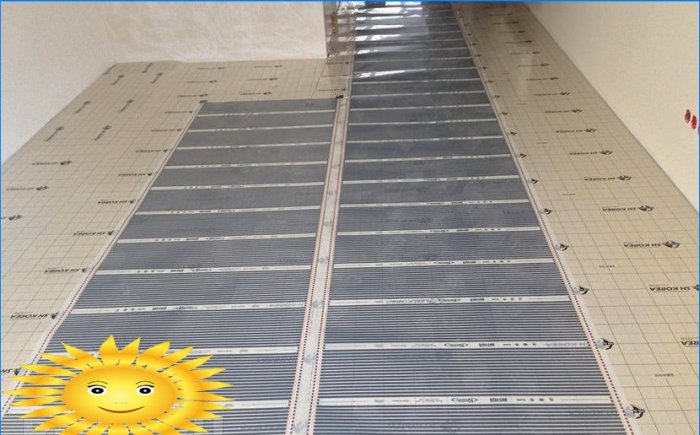

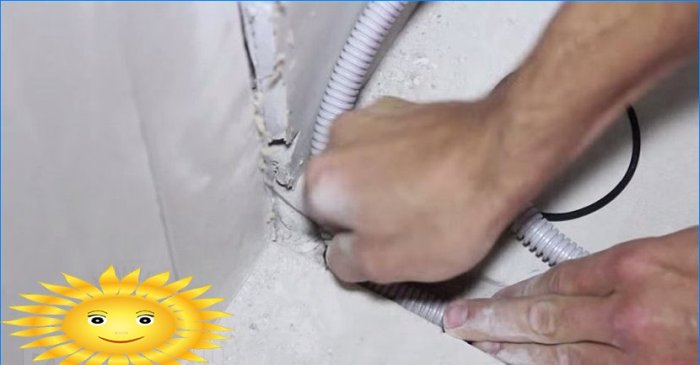
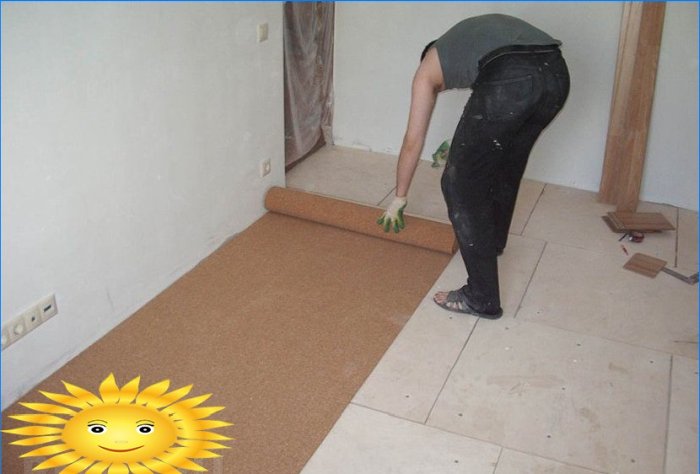
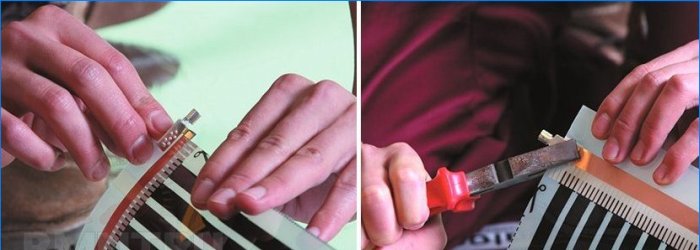
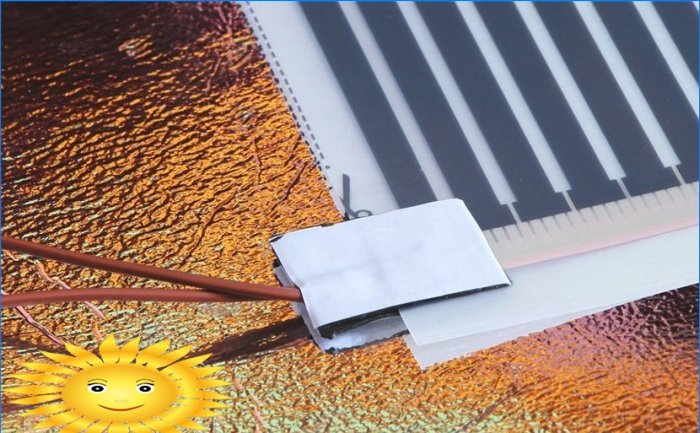
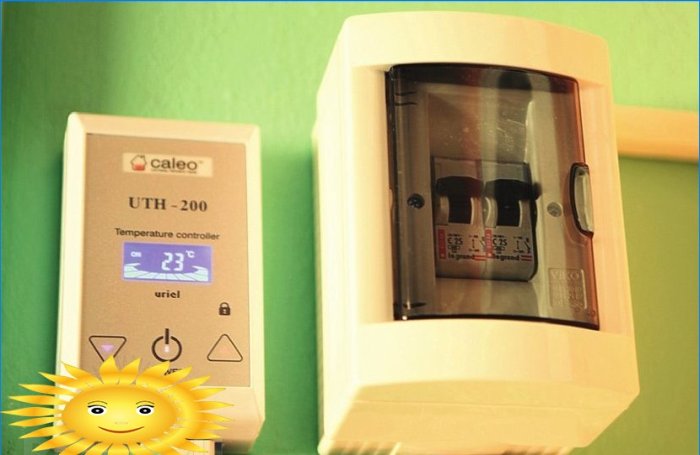


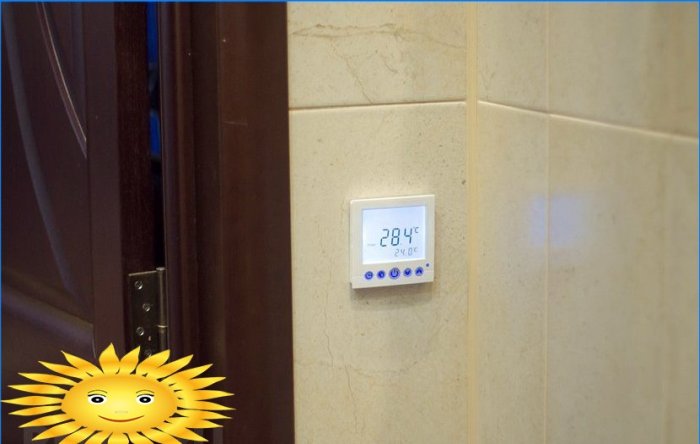
Is it possible to install a film warm floor under linoleum, and if so, what are the benefits and drawbacks compared to other heating systems like radiant floor heating or electric mats?
Yes, it is possible to install a film warm floor under linoleum. The benefits include its low profile, ease of installation, and even heat distribution. Film warm floors are energy-efficient, providing consistent warmth without creating hotspots. However, they might not deliver as much heat as radiant floor heating systems, making them less suitable for larger spaces. Additionally, film warm floors require a separate thermostat and might not be as durable as electric mats. Consider factors like cost, energy efficiency, and personal preferences when choosing between these heating systems.
Can anyone share their experience with installing a film warm floor under linoleum? I’m considering this option for my home but I’m not sure how effective it is. Did you notice a significant difference in warmth compared to traditional heating methods? How difficult was the installation process? Any tips or advice would be greatly appreciated.